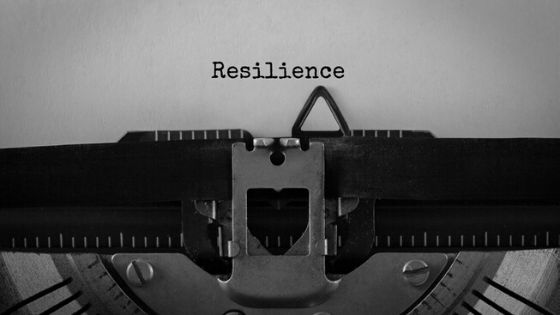
In our last blog post, several SRM experts weighed in on the future of banking in the now normal - how consumer spending behaviors would influence branch operations and non-interest lines of revenue. In this post, we will shift our focus to big data, cyber risks and the need to reinforce legacy infrastructure.
Thanks go out to SRM contributors – Patrick Goodwin, Ginger Schmeltzer, Myron Schwarcz, plus many others who have added to this content. We hope these five data points will help community banks and credit unions as they plan and build the foundations to carry them through economic recovery.
1. The Difference is In the Data. Until recently, for most in the banking profession the 2008 financial crisis was the greatest economic blow we’d ever have to contend with in our careers. Those events are now looking tame by comparison. Yet, banks and credit unions are actually better positioned to adapt to change today than they were a dozen years ago.The biggest difference is the ability for financial institutions to access the wealth of data at their disposal. Data, with creative parameters, can help narrow focus and determine how best to ration care and quickly supply aid to where it is needed the most. In 2008, the term “big data” was confined to academic circles. Several more years would pass before it became a household term.
Even forward-thinking bankers who grasped the value lurking in their growing databases needed to wait for computing power and mining tools to catch up with their ambitions. At an aggregate level, financial institutions of all sizes can now leverage this same data to run new scenarios, plan informed pivots on existing strategies, and monitor local economic recovery trends with automation-powered precision.
2. Lending in a Crisis. Another fundamental difference is that most financial institutions are better capitalized than in 2008, enabling them to withstand greater shocks while continuing to lend. Yet with businesses starved of consumers due to stay-at-home orders and unemployment fears, significant hurdles to extending credit remain (tune in for more on this from Larry Pruss and Myron Schwarcz in an upcoming blog post). Banks and credit unions may be better equipped for this downturn, but that does not mean all will be smooth sailing.
3. Forging a Digital Armory Safely. There will undoubtedly be calls for austerity in operating budgets in the coming months, and IT will be an inevitable target given the temptation to shelve project-based initiatives. Reducing tech spending would be precisely the wrong move at this juncture. Given the dramatic shift of consumer traffic to digital channels – shifts which are looking more and more permanent – banks and credit unions should be stress testing legacy infrastructure and investing in much-needed system improvements.
The increasing dependency on digital has meant that across the spectrum, businesses and consumers are seeing upticks in fraud and phishing attempts. With more employees working from home, bankers included, the bad guys have countless new avenues through which to infiltrate systems – corporate-issued VPNs notwithstanding. Cybersecurity stands to become an even greater competitive differentiator, preserving financial institutions’ “trusted partner” status by defending against data breaches as well as protecting clients against their own missteps, features they would appreciate now more than ever.
4. Delivering Payments to the Social-Distanced Consumer. Another change driven by the shelter in place and work-from-home realities is that since more purchases are being made remotely via digital wallets. Issuers of contactless cards are well-situated to reap the rewards that come with establishing top-of-wallet status. For institutions that have not yet achieved this lofty position, the conditions brought on by the pandemic represent an opportunity to start the climb. However, he (or she) that hesitates will be lost.
5. When Times are Tight, Find Another (Open) Source. As digital channels become more important, financial institutions should evaluate their choice in technology (or suppliers providing it) against the modern tech stacks and architectures in the marketplace. Consider open sourcing. Architecting solutions in such a manner that an issue with a single offering won’t bring down the entire online presence, which more than ever will serve as the financial institution’s front door. The attributes of open sourcing will provide the flexibility and scale for institutions to address new challenges. For example, those banks and credit unions active in Paycheck Protection Program lending should be exploring technology-based solutions that can help them shape tailored offerings for small businesses, including the administrative effort of determining forgiveness eligibility and the inevitable examiner aftermath.
The Bottom Line: As local communities begin reopening, the new normal becomes the now normal as they work to piece together how they will live, work and bank. Banks and credit unions, playing a primary role as a resource to a community’s financial well-being, should be focused on resiliency rather than business as usual. Whether they are standing at a card reader, paying for transport or flipping through an online catalogue, consumers will continue to adopt and favor methods of payment and other banking services that are adaptive to the new, next and now norms of social-distanced lifestyles. Note that most of the trends we’re discussing were already underway due to the impact of the COVID-19 wrecking ball.
Speaking of data, SRM Academy will soon launch another survey to assess the situation. Much has changed since our last survey issued in March, and we will again invite our network of banks and credit unions for their insight. In the meantime, check out how many financial institutions have already contributed pieces to the puzzle and helped us assemble the bigger picture.


